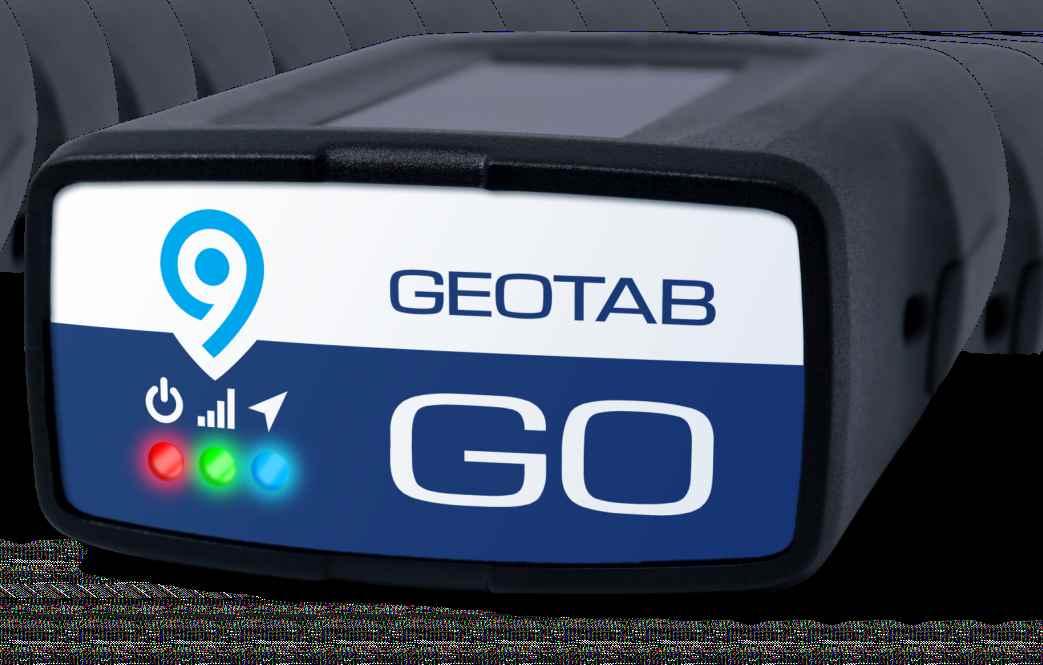
4 minute read
Cessna with new compliant avionics back in the air!
Cessna C525 modernization completed
In the last issue of “Drabpol News”, we wrote about the beginning of the avionics modernization process in the Cessna C525 CJ1 aircraft. After several months of intensive work, carried out by both our Part 21 Design Office and the Part 145 Maintenance Organization, the above-mentioned Cessna received new avionic equipment, in accordance with the customer's needs.
Advertisement
The aircraft was factory equipped with Honeywell / BendixKing avionics with a flight management system and Garmin mode S transponders.
The main goal of the modification was to equip the Cessna with a new FMS system, adapted to the requirements of LPV and meeting the ADS-B Out requirements. Below is a brief explanation of what it actually means? In the aviation world, terms such as LPV - Localizer Performance with Vertical Guidance (approach procedure with GNSS) and PNB-Performance Based Navigation (navigation based on performance) have recently become very popular.
Without going into details, each of these terms is closely related to the aircraft's navigation equipment, which is the GPS receiver, working in the WAAS / SBAS system (a system supporting and increasing the accuracy of GPS positioning). Taking this into account, users and aircraft owners who want to perform air operations based on this technology (precision approaches according to GPS) must adapt their aircraft's navigation equipment to the requirements of relevant procedures.
The requirement, to put it simply, is that the aircraft has to equipped with a WAAS / SBAS GPS receiver that meets the criteria and specifications for the relevant RNP (Required Navigation Performace - navigation specification based on area navigation), and the navigation data display system must be able to process and properly present the information received from the GPSS unit.
The solution that we proposed and implemented was based on:
> disassembly of the current radio and navigation equipment and the old FMS and GPS systems, - modification of Garmin GTX 330 transponders to the ES (Extended Squitter), variant,
> installation of two Garmin GPS / FMS GTN 750 systems,
> installation of the LPV converter (developed by Avionic Straubing company),
> modification of the ADF system and the flow meter to work with new equipment,
> removing the old weather radar indicator and display the weather data on the large GTN 750 screen,
> installation of a double USB port for charging mobile devices.
The entire modification was based on the approved STC and Minor Change documentation, obtained for the appropriate devices, and our PART 21 Design Office prepared the drawings and engineering documentation, as well as electrical diagrams of the new equipment.
One of the most important elements of the entire operation was the LPV converter developed by Avionic Straubing, which allows the integration of new FMSs with WAAS / SBAS GPS receivers and using their full capabilities without having to replace the old EFIS system, which cannot interpret the precise approach signal from GPS and cannot present the data in a form such as classical ILS.
The classic approach based on localizer signals (LOC) and glide path (GS) is now implemented in a similar way at first g l a n c e , b u t i n s t e a d o f t h e G S (Glideslope) mark, we have a digital GP (Glidepath) signal generated on the EHSI and the reference signal is no longer a radio signal, but only precise information about the aircraft's position based on GPS coordinates, a detailed digital navigation and airport database, and an activated airport-specific approach procedure on the FMS.
An additional element introduced into the aircraft, based on WAAS GPS, is the ADS-B Out system, thanks to which the aircraft automatically informs the "area" and ground infrastructure about its location, and the necessary condition for ADS-B Out to meet the requirements of the certification regulations is the accurate source of information about the position, i.e. the GPS system working in WAAS / SBAS technology, which provides this data to the GTX 330 transponder extended with the Extended Squitter function.
During the uninstallation of the old FMS system, type GNS-XLS, we used our 3D printer to print a personalized cover for the device, made of a material that meets the requirements of 3D printing for aviation.
After the electrical works (harness manufactiring) and their installation / integration with the existing avionics, our Part 145 Service Organization performed the first turn on the system, tests and configuration. The entire modification was completed with a series of ground and flight tests and performing the LPV approach at the Modlin Aairport with the use of an autopilot, controlling the plane to the minimum point.
The new avionics in the Cessna 525 will certainly increase flight safety.










